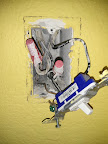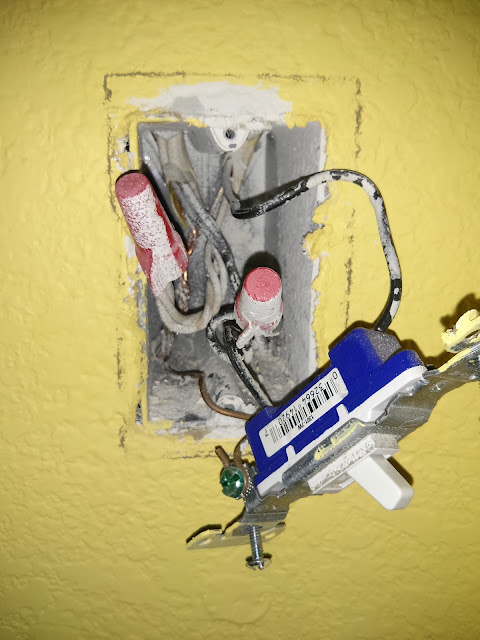Mad does bring up very valid points and the advice is sound. I'll just put a couple of pennies on his statements.
People make too many assumptions or get hung up on wire colors....the fact is there are only 2 that are going to be consistent, the neutral and the ground, otherwise they can change, or even in the case of a switchleg, if the electrician (or handyman) that ran the switchleg didn't reidentify the neutral....it's not going to make sense. The point being is unless you understand the basics and know enough to use a DMM to both verify the electrical is off prior to touching the electrical and then how to use it safely to verify voltage and operation, there can be no assumptions.
You do need to compare a best case scenario to your own home wiring to know what you're up against....a house built in the last 20-30 years with minimal modifications or DIY additions is going to be far easier for a novice to understand compared to many of the older wiring methods and practices.....(like all the various ways a 3 way switch can be physically wired) or a house that has had handymen modifying the wiring (or an armchair hobbyist, thanks to the PBS shows).
I'll just leave an anecdote for consideration. I used to deal with a parking garage and their gate operators, pay systems, etc. I had 120 and 240V installed, and thankfully marked with tape by an earlier maintenance electrician, but no lie, every conductor pulled in was blue THHN and some was only marked by tape at a junction point. That's the point I'm tossing out there by worrying about cable colors....you need to know what is connected to the cable on the other end as to what it really is.



